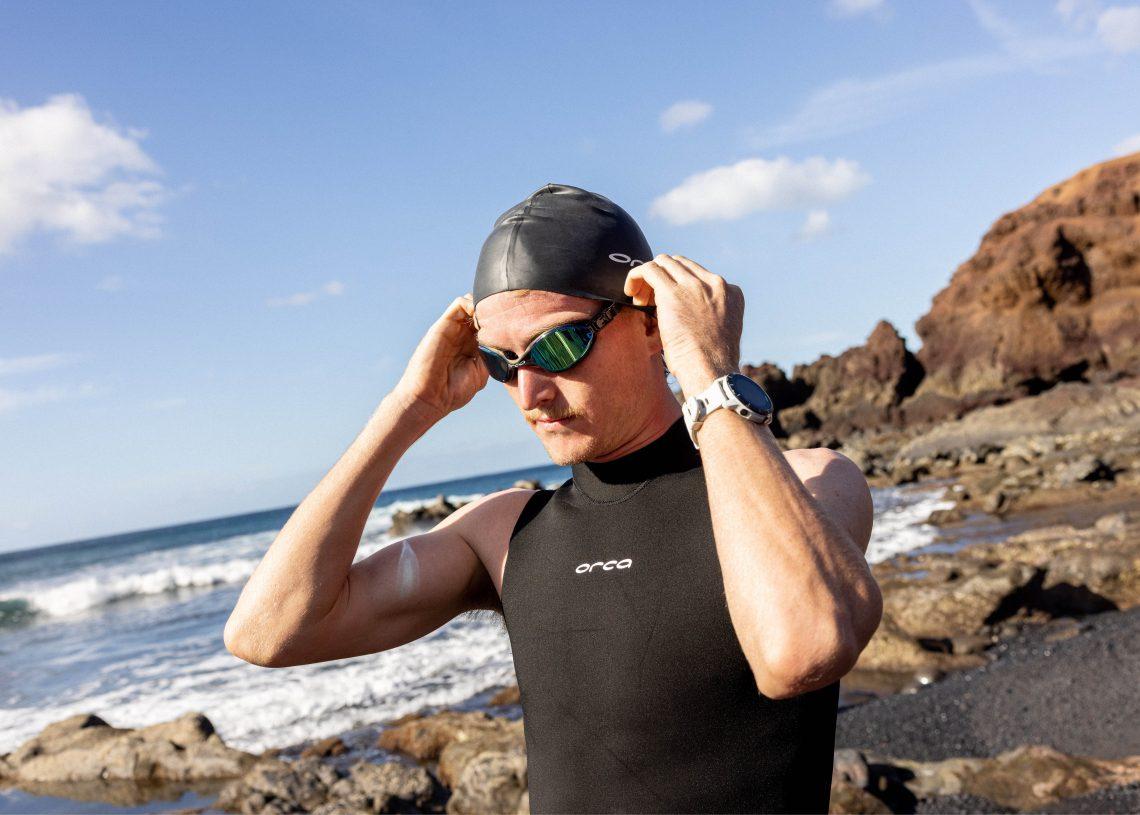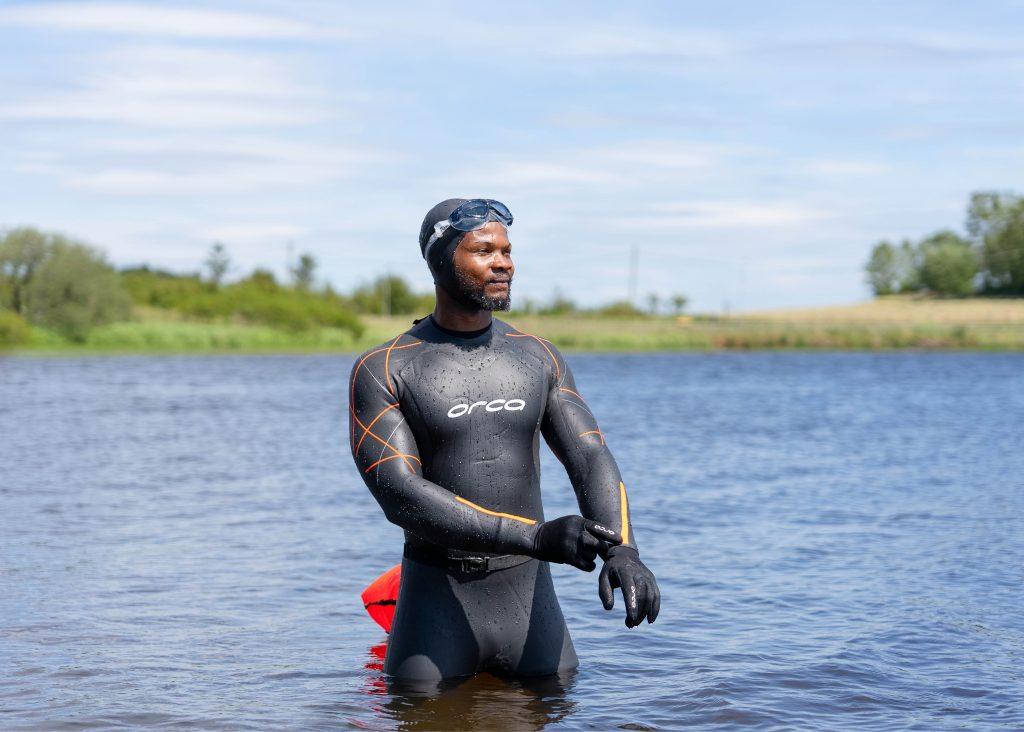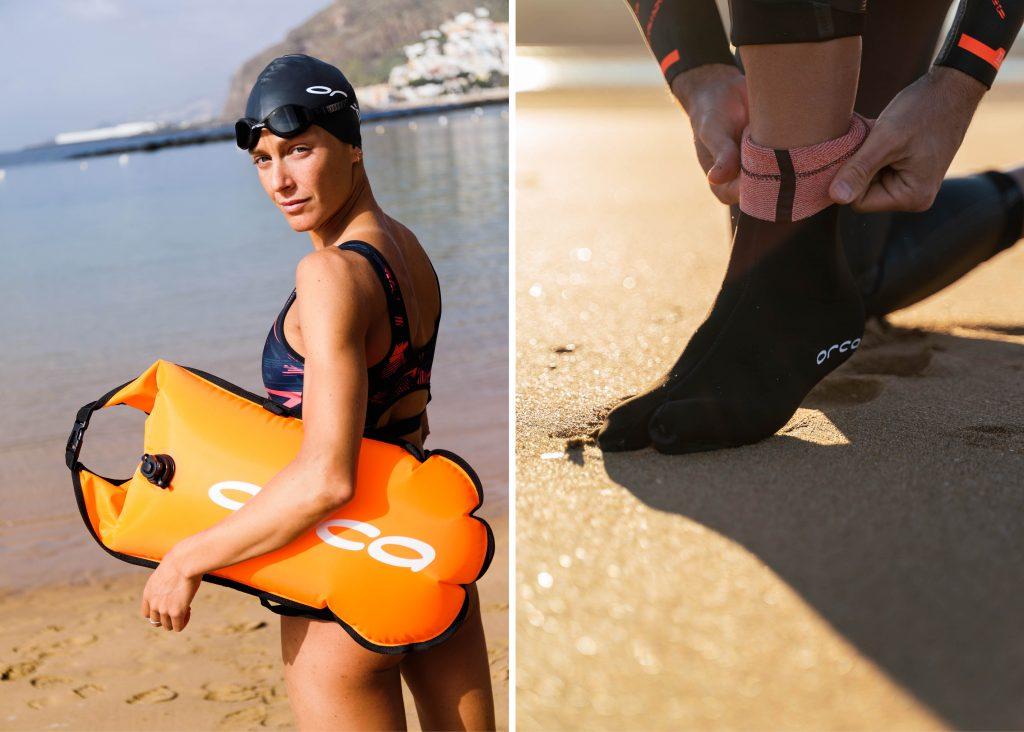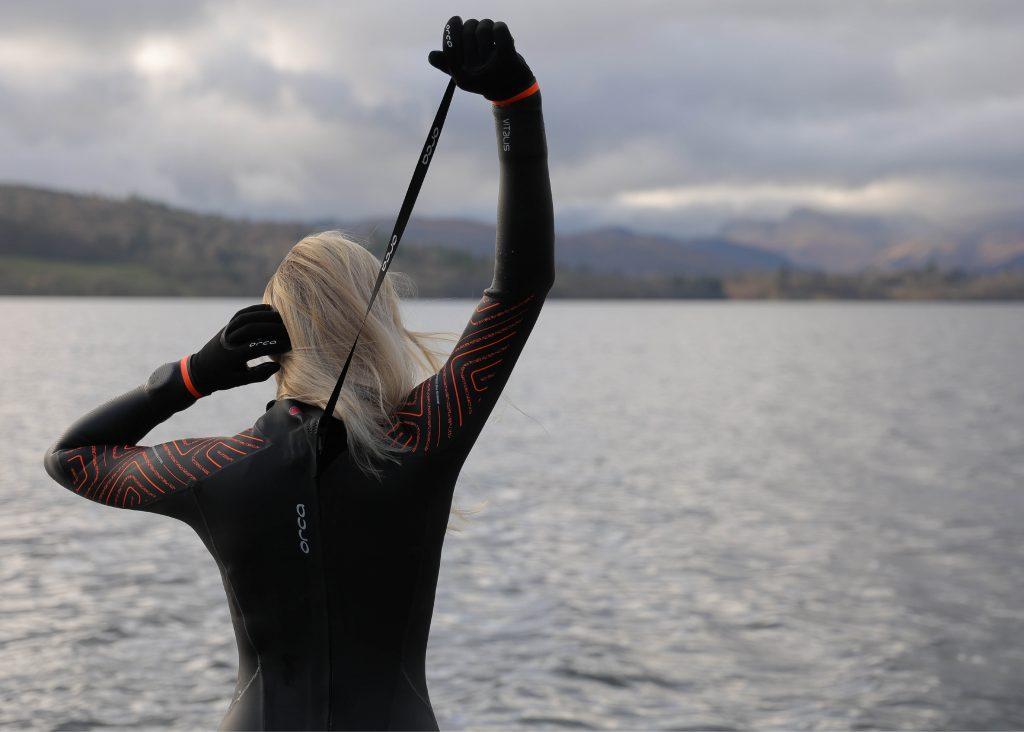
Is it time for a spring review of your open water swimming kit?
How to check if your open water swimming kit is ready for the open water season, how to repair a wetsuit and when is it time to invest in some new gear?
Does your wetsuit still fit and is it in good condition?
A recurring theme each spring when I bring my wetsuit out of storage and put it on again for the first time is the feeling that it’s shrunk. Whatever the reason for that, the first couple of swims are tiring. The extra resistance around my shoulders is noticeable, even in the most flexible of modern wetsuits. My balance in the water is off. It takes a couple of swims to adapt. If I have an early season race, it will go better if I’ve practised swimming in my wetsuit first.
But before I even get in the water, I do a few checks. I look for any damage and repair any small cuts with wetsuit glue before they get worse. I also check the zip to make sure it opens and closes easily.
If your wetsuit is too far gone and you want a new one, now is a good time to invest as new models are released and by buying early, you should get maximum use out of it in its first year.
- ‘How do I choose a wetsuit for open water swimming?’ Watch our video guide.
- What’s the difference between thermal and non-thermal wetsuits?
- Biodegradable wetsuits are here!
- Plus size wetsuits
- Wetsuits for racing

Do your goggles still have clear vision?
Also, check your goggles. I find I can get away with old and scratched goggles in the pool as long as I can see the walls and the black line at the bottom. In open water, it’s more important to have good clear vision above the water for navigation and the avoidance of obstacles. It’s worth reserving a special pair of goggles or, if you prefer, a mask, for open water.
- Open water masks reviewed
- Masks vs goggles: which should I choose?
- The best open water goggles
- How to design the perfect pair of goggles
Check your tow floats and consider investing in an adventure bag
With more venues and events insisting on tow floats, it could be worth investing in more than one of these. I like to use a lightweight one for racing (as they do make a difference and every second counts). For leisure swimming, I prefer one that allows me to carry and have easy access to my phone for taking pictures, or one that I can carry a change of clothes and a picnic for swimming adventures. Tow floats will last many years if you take care of them but can get punctured, so always check before use.
- What to carry in a tow float
- Best tow floats for wild swimming
- Safety gear for wild swimming
- Best adventure bags for outdoor swimmers

Try on your swimming costume
You don’t need any special swimming costumes for swimming outdoors but it can be fun to wear something a little different, with a splash of colour for example. For cooler water or a little extra flotation, you may want to look at buoyancy pants or Yulex costumes, which can allow you to enjoy the water for a little longer without going full wetsuit.
- The best long sleeve swimsuits and tops for outdoor swimmers
- Best jammers, briefs and shorts for outdoor swimmers
- Best plus size swimsuits
- How to choose supportive swimwear
Other open water swimming kit to consider
Once you’ve sorted the basics, you might want to add a few extras to make your swimming life easier or more fun. These might include flip flops, water shoes, a changing robe, a flask for hot drinks, a GPS watch to track your swims and more.
- Go to gear: outdoor swimming kit we simply couldn’t be without
- Water shoes: what footwear do you need for wild swimming?
- How to layer up after a cold swim
- Best neoprene accessories for open water swimmers
- Warm boots for outdoor swimmers

With apologies to our readers in the southern hemisphere who are heading into winter, we’re excited about our water warming up and going on swimming adventures. You don’t need much gear for swimming but do choose what you use carefully and look after it.
Photos: Orca








